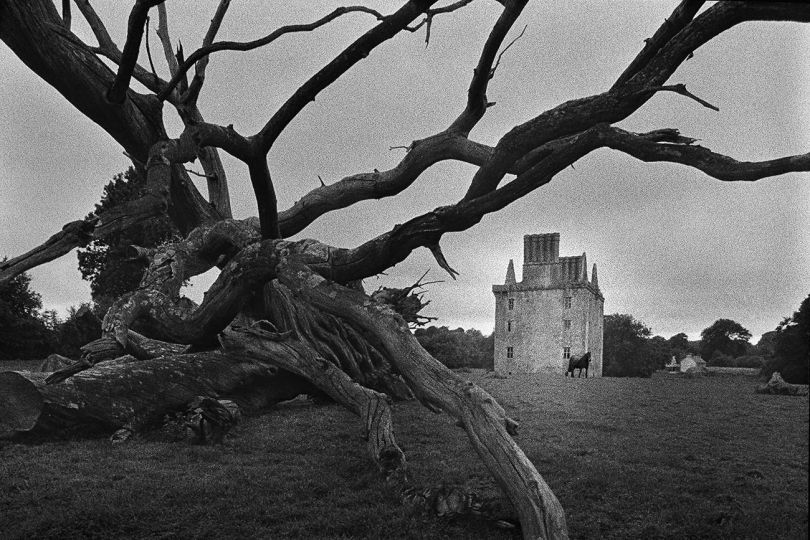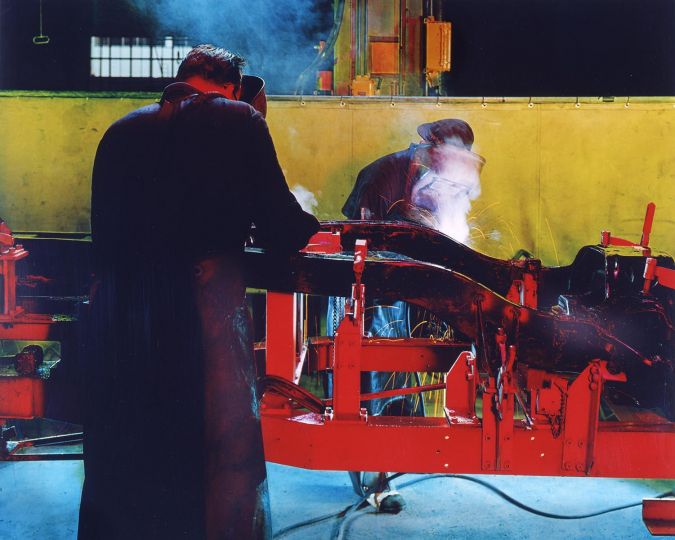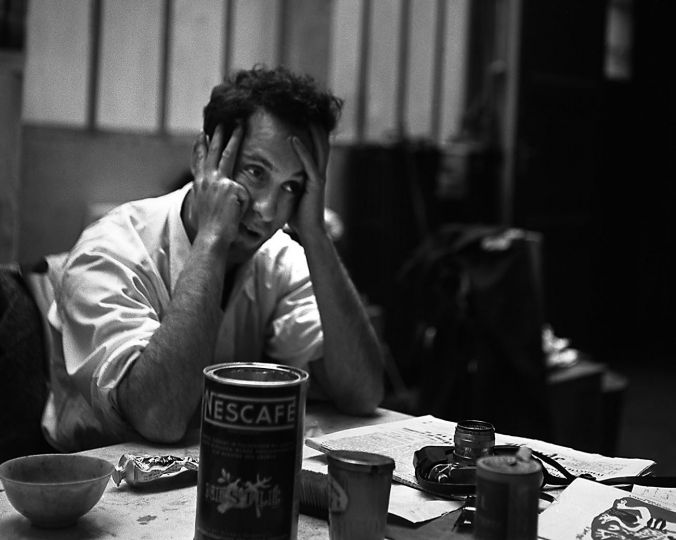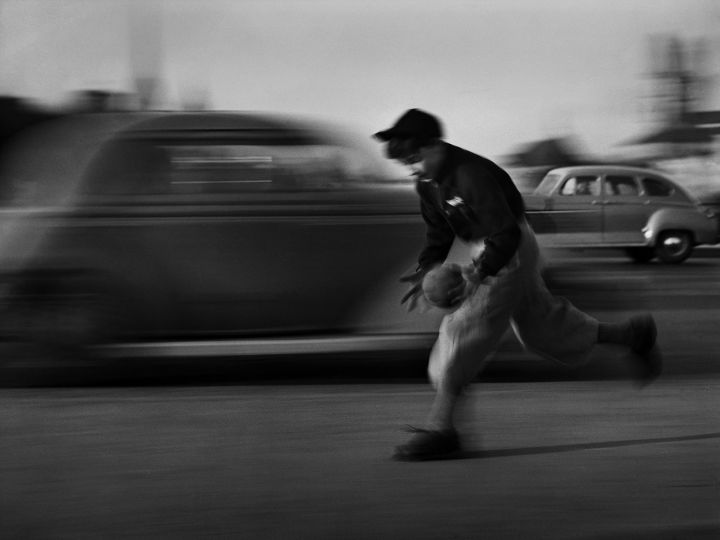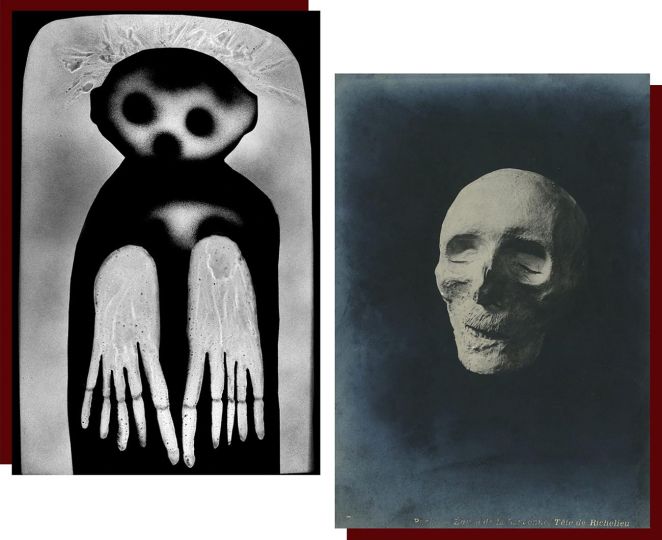The Guggenheim Museum Bilbao was the result of an extraordinary partnership between the Basque Institutions and the Solomon R. Guggenheim Foundation. More than a decade after its grand opening in October 1997, the Museum is a reality that has exceeded the most ambitious artistic and cultural expectations, and has contributed in an extraordinary way to the urban, economic, and social regeneration of the city of Bilbao and its surroundings.
The Guggenheim Museum Bilbao is part of an international constellation of museums, which allows it to access an extensive Permanent Collection comprised from all the works in the Guggenheim collections, including the Bilbao holdings. These works complement one another and, together, offer an in-depth, expanded view of modern and contemporary art.
The Art Program is comprised from presentations from the Permanent Collection and a program of high quality special exhibitions, which offer our audiences a broad and dynamic panorama of the art of our time.
Designed by US architect Frank Gehry, the Museum building is a large sculpture made of titanium, limestone, and glass, and has become the most recognizable icon of the city of Bilbao. The exhibition galleries, some boasting surprising shapes, others with orthogonal configurations, are organized around a spectacular Atrium, crowned with a metalic flower over its skylight.
The complex and mutually enriching dialogue between the art exhibited and the architecture of the building, and the versatility of the Guggenheim Museum Bilbao spaces favor a unique museum experience.
Mission Statement : To collect, preserve, and research modern and contemporary art, and to present it from multiple perspectives within the context of the History of Art, addressing a broad, diverse audience, so as to contribute to the knowledge and enjoyment of art and the values that it represents, within a unique architectural landmark, as an essential part of the Guggenheim network, and a symbol of the vitality of the Basque Country.
Vision 2020 : The Vision that will guide the Museum’s actions over 2009–2012 with a view to the year 2020 was formulated in the following terms:
The Guggenheim Museum Bilbao will be recognized as a European leader in visitor-centered museum experiences and a reference for its managerial model. It will play an active role in the Solomon R. Guggenheim Foundation, both in the development of new projects and in specialized training for the benefit of the Guggenheim Network and the creative economy of the Basque Country.
Petra Joos, director of the Department of Museum Activities attended Le Journal de la photographie’s request to include the Guggenheim Museum Bilbao in its panorama of Spanish Photography and she offered spontaneously a conference call for an interview. I received such a warm and so kind welcome from the press department and from Petra that the Guggenheim Museum Bilbao’s experience has been one of the best among all the contacts created for this study.
The Guggenheim Museum Bilbao’s collection includes 125 Artworks of 70 different artists. 20% of the collection are Photography artworks.
Here are the principal artworks of the photography collection detailed by Petra Joos from the oldest to the lastest :
Gilbert & George : “Waking” (1984) is populated by the youths and boys that represent for Gilbert & George the primal life forces—sexuality and religiosity—at their most formative and explosive stages. Treating their subjects as malleable material, the artists directed their models in studio-shooting sessions, casting them as heroes in carefully composed narratives. Gilbert & George occupy the image’s center stage. Around them the assembled cast or audience watch while the artists, their faces transformed into masks by overlaid color, mime the horror of some kind of inner awakening, perhaps the passage from boyhood to maturity, which the hierarchy of the three figures seems to suggest.
Christian Boltanski : “Humans” (1994) is one of several large-scale works by Boltanski that serves as a monument to the dead, hinting at the Holocaust without naming it explicitly. Through its size and tone, the work evokes the contemplative atmosphere of a small theater or a space for religious observance. The installation consists of more than 1,200 images that the artist rephotographed from sources he has previously used: school portraits, family photographs, newspaper pictures, and police registries. Simultaneously illuminated and obfuscated by dangling lightbulbs, the arrangement of snapshots provides no context to identify or connect the unnamed individuals, to distinguish the living from the dead or victim from criminal. Each of these traces of human life has been reduced to a uniform size to obscure distinguishing features and to suggest the equality of the group. The collection of images is installed at random, thereby prohibiting the implication of a singular narrative. Within this haunting environment, Boltanski intermingles emotion and history, juxtaposing innocence and guilt, truth and deception, sentimentality and profundity.
Clemente Bernad : The photo entitled “Untitled, Madrid. Carabanchel Prison. Background for Prison Card Identification Photos (Sin título, Madrid. Cárcel de Carabanchel. Fondo para las fotografías de las fichas de ingreso, 1998)”, was taken just a few days after the prison complex of the same name closed down. Bernad hung a white square of cloth in the middle of a cracked, chipped mildew-stained wall. The scale of measurement that appears on the left in the photo hints at the cloth’s function as a neutral backdrop for the prisoners’ mug shots; a pillar to the right which is also painted white serves as a symmetrical frame for this contemporary shroud.
Aitor Ortiz : The almost four-meter-long “Light Walls 011 (Muros de luz 011)” is a piece of the series Light Walls (Muros de luz), 2004–06. The basic material for the images in Light Walls was photographed at the black marble quarry in the Biscayan town of Markina in 2004. Aitor Ortiz entered into the quarry to insert square spaces of pristine white light into its mass. To the artist, the contrast between the stony volume and constructed cube represents a mental refuge, a place of nonexistent coordinates and the unequivocal symbol “of the power of the mind and the artistic project to create order out of raw material.”
Maider López : The series “AdosAdos”, 2007, made up of 16 photographs, documents an action specifically conceived for the Guggenheim Bilbao Individual Members on the occasion of the Museum’s Tenth Anniversary. Created in October 2007, the participants were invited to expand the museum and create a gallery that could be seen from outside the building. The devoted constructors’ mission was to add new “titanium” plates, i.e., pieces that simulate titanium, in the same format and color as the building’s and rearrange them according to the spatial and logistical schema the artist had conceived. By transporting these simulated plates “a movable architecture, nonexistent until the members’ arrival, was configured, creating a fleetingly temporary wall, since a space was created for a few minutes that disappeared when they changed positions again,” the artist said.
Elssie Ansareo : “La Danse des Flâneuses” (2007) is a large photographic mural that dramatizes identity and otherness, situating familiar imagery alongside a gallery of phantasmagorical characters. The presence of the figures in a neutral environment creates a timeless genealogy that subverts social hierarchies of origin and status.
José Manuel Ballester (3 photography artworks) : The Third of May (3 de mayo), 2008 – Photographic print on canvas – 268 x 347 cm; The Royal Palace (Palacio Real), 2009. Photographic print on canvas. 276 x 318.4 cm; The Raft of the Medusa (La balsa de la Medusa), 2010. Photographic print on canvas. 491 x 717 cm (unique edition)
Further this fantastic portfolio, I encourage all of you to visit
You will easily understand and feel what is the Guggenheim Museum Bilbao experience…
Lola Fabry
Guggenheim Museum Bilbao
Avenida Abandoibarra, 2
48009 Bilbao
Spain
Phone: +34 944 35 90 00
E-mail: [email protected]








